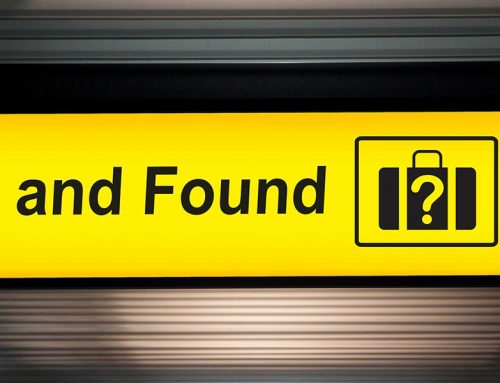For many years the Loch Lomond Angling Improvement Association has managed its own hatchery operation. In 2008 the smolt programme was commenced.The following year the hatchery was closed and the operation outsourced to the north west Highlands where fingerlings and parr were reared for introduction to LLAIA controlled waters.
Last winter (2011) the previous administration decided against catching brood stock, closed the smolt programme and in February the remaining hatchery fed fingerlings were brought south and planted out just prior to the AGM.
A survey of the LLAIA hatchery site reveals that it has fallen into a state of disrepair and is no longer fit for purpose. The current committee believe that investment in this facility would be inadvisable due to the risk to the water supply (it is on the top of a hill) and the massive investment that would be required to get it up to a functioning state.
Contrary to the information supplied to Association members, the proprietor of the hatchery operation mentioned earlier is prepared to do business with this committee in the future. However, there is a problem in accessing hatchery space this year and we have no guarantee that space will be available. Therefore it is almost certain that in 2012 the LLAIA will have to rely on natural spawning to replenish juvenile fish numbers.
Without an artificial stocking safety net every pair of spawning fish will be crucial to our future sport.
While there have been encouraging signs in respect of conservation efforts related to our sea trout stocks, which everyone recognises as being particularly vulnerable, up until recently the LLAIA has been almost alone in Scotland in refusing to act to conserve wild salmon stocks. looking at our most valuable stock component, the heavy spring salmon that enter our system normally from March onwards, the figures are depressingly stark:
– In Scotland in 2011 over 90% of the spring stock was returned.
– LLAIA members on the other hand recorded only returning one spring salmon.
Exploitation of the wild salmon stock at this level cannot continue otherwise we may face a collapse of arguably our most important run of fish. The new committee are clear about the way forward, particularly since the safety net of the hatchery has been removed.
We need to return as many fish as possible, especially spring fish.
To this end the LLAIA has introduced a reward scheme for members and ticket holders alike, incentivising the return of spring fish. The Association in conjunction with the Glasgow Angling Centre will reward every angler who returns a spring fish to the system.
For each salmon returned, the Glasgow Angling Centre will donate a £20 tackle voucher and the LLAIA will match this with a voucher to the same value or a bottle of whisky.
Obviously each claim will be looked at carefully, so we would expect photos (video if possible), witnesses, scales, fin clippings, as much evidence as possible. Further information regarding fin clippings and scales is contains in the following links:
http://genome-lab.ucdavis.edu/Protocols/tissuesampleprot.pdf
http://web.nrdpfc.ca/finclip.htm
http://www.celticseatrout.com/anglers/scale-samples.htm
http://www.stateofthesalmon.org/fieldprotocols/downloads/SFPH_p1.pdf
For avoidance of doubt, it is unlikely that there will be a brood stock collection later this year. We will rely on a completely natural stocking, so as members you have to consider seriously how best to enhance and protect future stocks on our system. Members will be given the opportunity later this month to complete a questionnaire which will, amongst other things, consider the future direction of conservation policy. Until then we would urge everyone to think very carefully about killing spring fish.
It is your system, make sure that you do what is necessary to keep it healthy, put them back if possible and claim your reward.
Regards,
LLAIA Committee.




